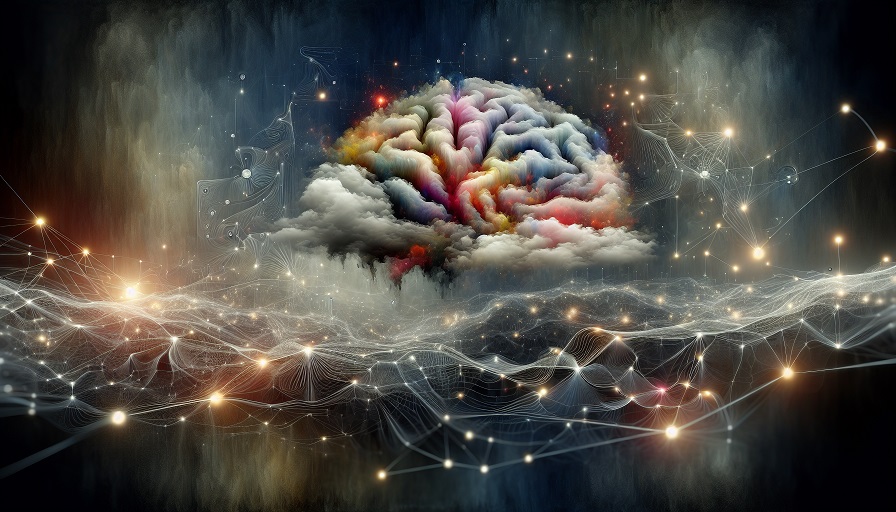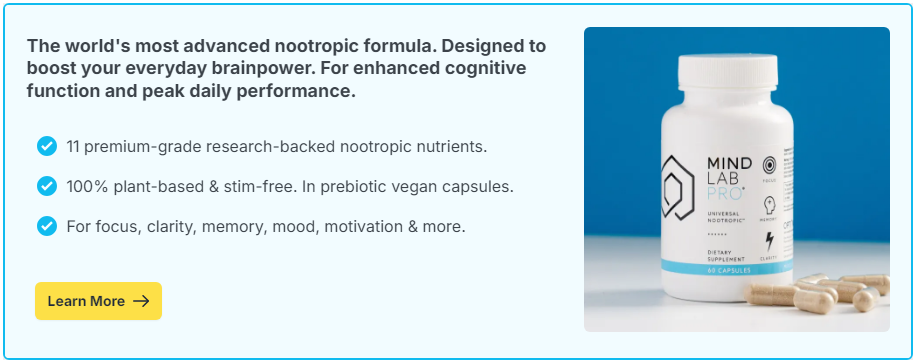
Artificial intelligence and neuroscience are like cousins separated at birth – one studies how the brain works, the other builds systems inspired by it. AI researchers often borrow concepts from neuroscience to design smarter algorithms, while neuroscientists now use AI to uncover mysteries about the brain. This partnership is shaping not only how machines learn, but also how we understand ourselves. Let’s break down the lessons that flow both ways and why this exchange matters for the future of intelligence, both human and artificial.
Contents
What Neuroscience Has Already Taught AI
AI didn’t emerge from thin air. Its foundations are deeply rooted in neuroscience. Early computer scientists looked to the brain for inspiration, and modern AI still relies on principles drawn from neurons and cognition.
The Inspiration of Neural Networks
Artificial neural networks – the backbone of modern AI – were inspired by the way biological neurons connect and fire. While simplified, these models capture the idea of distributed processing: small units working together to produce complex outcomes. Without neuroscience, this architecture wouldn’t exist.
Learning From Feedback
Reinforcement learning, a major branch of AI, mirrors how the brain learns through trial and error. Just as a child learns to ride a bike by balancing successes and falls, algorithms refine behavior through rewards and penalties. Neuroscience insights into dopamine pathways directly influenced this approach.
Memory Models
Working memory and long-term storage in humans inspired AI models that can “remember” previous inputs. Concepts like attention mechanisms and memory modules in AI echo how the brain prioritizes and recalls information.
What AI Is Teaching Neuroscience
The relationship is not one-way. Neuroscientists are now turning to AI to help them analyze complex brain data and uncover patterns too subtle for traditional methods.
Big Data Analysis
Brains produce enormous amounts of data, from MRI scans to electrical activity recordings. AI algorithms sift through this data, identifying patterns that reveal how different brain regions communicate. This has advanced our understanding of disorders like Alzheimer’s and epilepsy.
Predictive Models of Brain Function
AI can simulate how neurons might fire under certain conditions, offering testable hypotheses for neuroscientists. These models accelerate discoveries by narrowing down experiments to the most promising directions.
New Theories of Cognition
By comparing how machines solve problems with how humans do, researchers gain fresh perspectives on cognition. For example, studying how AI attention mechanisms resemble human selective focus has deepened theories of attention and working memory.
Both neuroscience and AI aim to answer a fundamental question: what does it mean to be intelligent? The insights from each field highlight both similarities and differences between human and machine learning.
Parallel Strengths
Humans excel at adaptability, emotional reasoning, and creativity. AI excels at speed, precision, and pattern recognition. Studying both side by side helps define intelligence not as a single trait, but as a spectrum of abilities.
The Limits of Each
Neuroscience still struggles to map the brain fully, while AI cannot generate genuine understanding or self-awareness. Recognizing these limits keeps both fields grounded, encouraging collaboration rather than competition.
How This Partnership Shapes the Future
The interplay between neuroscience and AI is more than academic – it shapes medicine, technology, and society. The cross-pollination of ideas is driving breakthroughs that affect everyday life.
Medical Applications
AI systems trained on neurological data are already helping diagnose brain disorders earlier and more accurately. Neuroscience, in turn, helps improve these tools by clarifying how cognitive decline shows up in neural patterns.
Human-AI Collaboration
Understanding how humans and machines process information differently allows designers to create better collaborative systems. For example, pairing AI’s speed with human intuition leads to more reliable decision-making in healthcare, finance, and education.
Ethical Reflections
As neuroscience teaches AI, and AI teaches neuroscience, ethical questions arise. Should machines mimic human thought too closely? What are the risks of decoding brain activity with AI? These reflections ensure that progress remains balanced with responsibility.
Future-Proofing the Human Brain
One of the biggest lessons from this partnership is the reminder that the brain is not static. Just as AI requires constant updates, humans must continually train and support their brains to thrive. Neuroplasticity ensures that we can adapt, learn, and remain competitive, even as machines grow smarter.
Practical Steps
- Continuous Learning: Feed your brain new skills and knowledge to strengthen adaptability.
- Healthy Habits: Support neurons with sleep, exercise, and nutrition.
- Cognitive Training: Engage in problem-solving, puzzles, and creativity to keep circuits sharp.
- Emotional Intelligence: Build empathy and connection – areas AI cannot replicate.
The Role of Supplements
Brain supplements and nootropics can support focus, energy, and memory. While not magic pills, they provide fuel for sustained mental performance in a world where human intelligence must stay sharp alongside AI.
Neuroscience and AI are not rivals – they are partners in decoding intelligence. The brain teaches machines how to learn, while machines help us understand the brain. Together, they push the boundaries of knowledge and capability. Yet in this exchange, the human brain remains unmatched in imagination, meaning, and adaptability. By future-proofing our minds through lifelong learning and brain optimization, we ensure that the lessons AI learns from us never make us obsolete. Instead, they reinforce the value of what makes us uniquely human.

